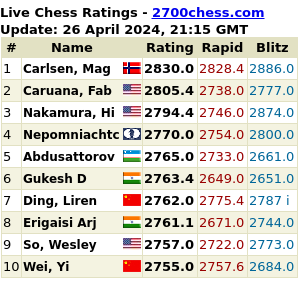IM David Pruess had some really interesting things to say in the www.chess.com forum:
"or when i give players in the 1000-1800 range advice on improving their tactics, viz: 10-15 min per day of solving simple tactical puzzles. the goal is to increase your store of basic patterns, not to work on your visualization, deep calculation. remember that is your goal. you are not trying to prove that you can solve every problem. if you don't solve a problem within 1 minute, stop. it's probably a new pattern or you would have gotten it by now. (with private students i'll take the time to demonstrate this to them: show them through examples that they can find a 3-4 move problem in 10 seconds if they know the pattern, and that they can fail to find a mate in 2 for 10 minutes if they don't know the pattern). look at the answer, and now go over the answer 3 more times in your head to help the pattern take hold. your brain can probably take on 2-3 new patterns between sleeping, so you should stop once you've been stumped by 2 or 3 problems (usually will take about 10-15 min). there is no point in doing more than that in one day. and any day you miss, you can't make up for. a semi-random estimate on my part is that you need about 2000 of these patterns to become a master. so you need to do this for 2 years or more."
German Uhlans, 1914
5 hours ago







that statement feels right. i find about 20 to 40 blitz tactics a day at CT does wonders. i have no evidence, but it just feels right.
ReplyDeletethanks for sharing that quote.
Finally some sane observations regarding how much tactics to know and how to acquire them. Appreciate you highlighting that. I essentially do this for tactics training every day and over time it has significantly improved my tactical sight at the board.
ReplyDeleteThis "sleeping and only 2-3 pattern thing" sounds not right. Look at Empirical Rabbits brilliant blog http://empiricalrabbit.blogspot.com/ . He is learning much more in one day. He dont go over the pattern "3 more times", he is repeating the problem with spaced repetition several times.
ReplyDelete